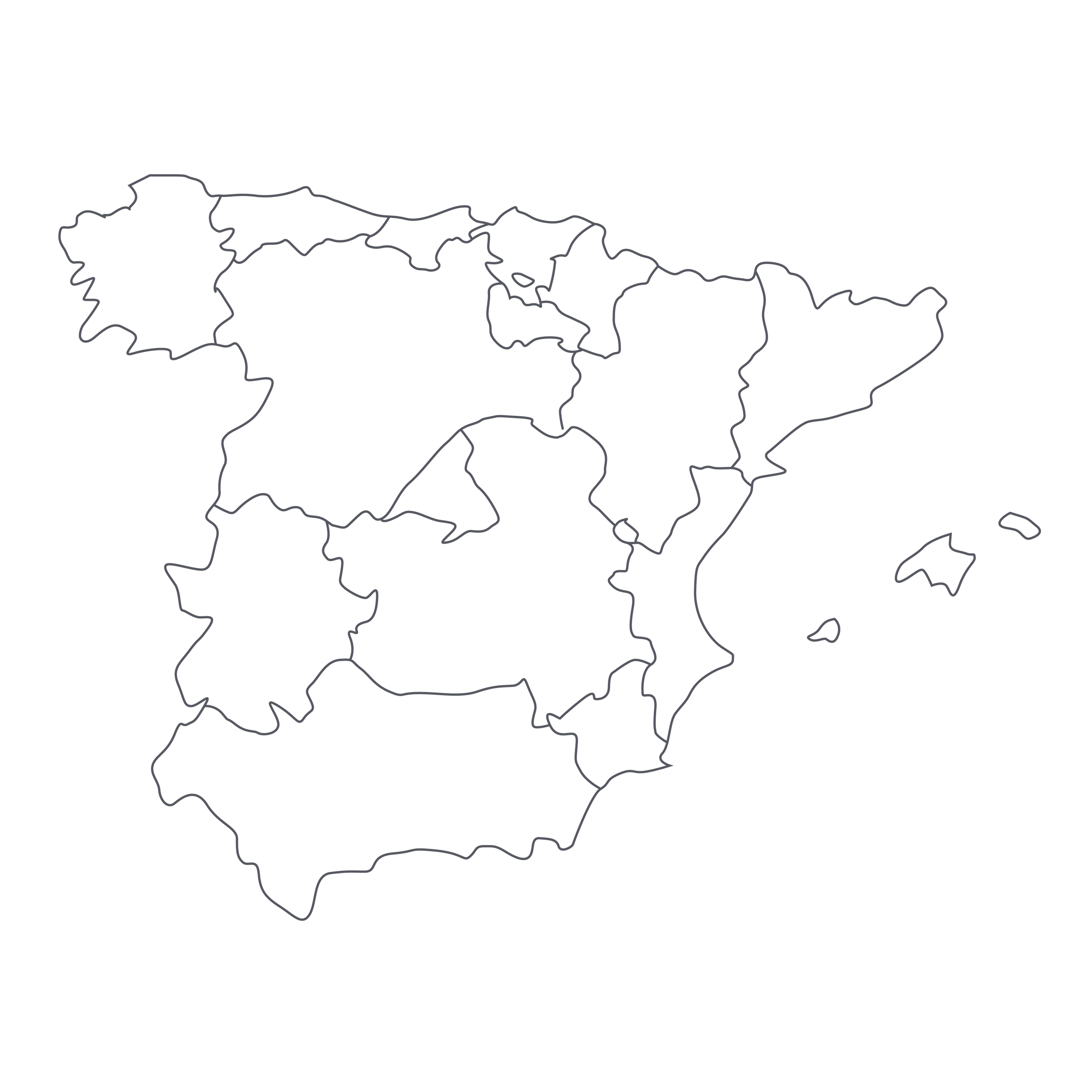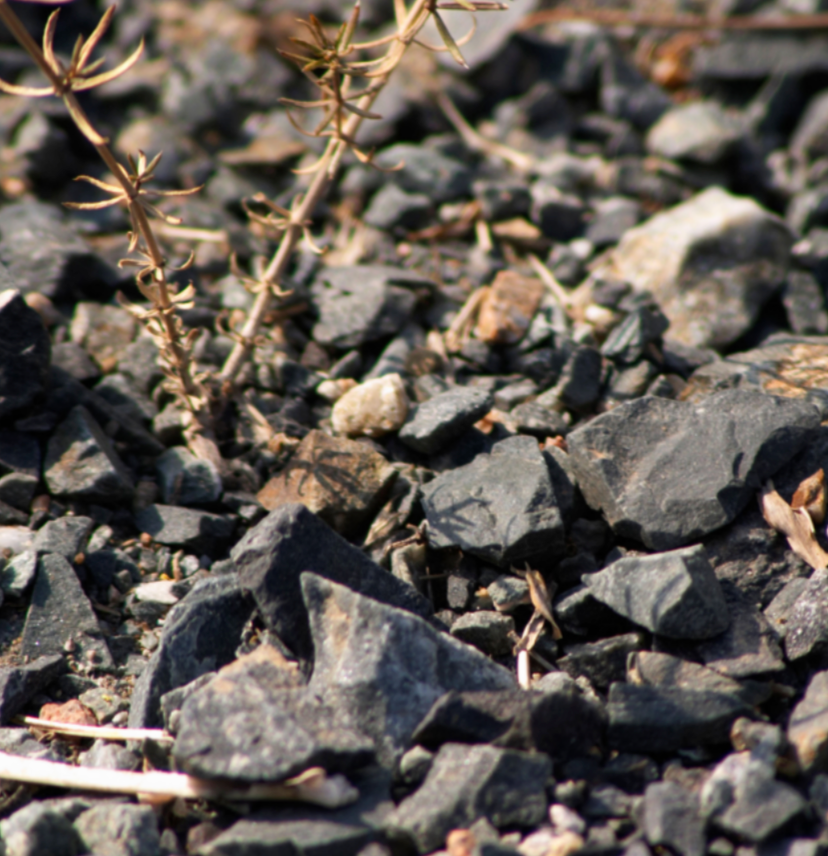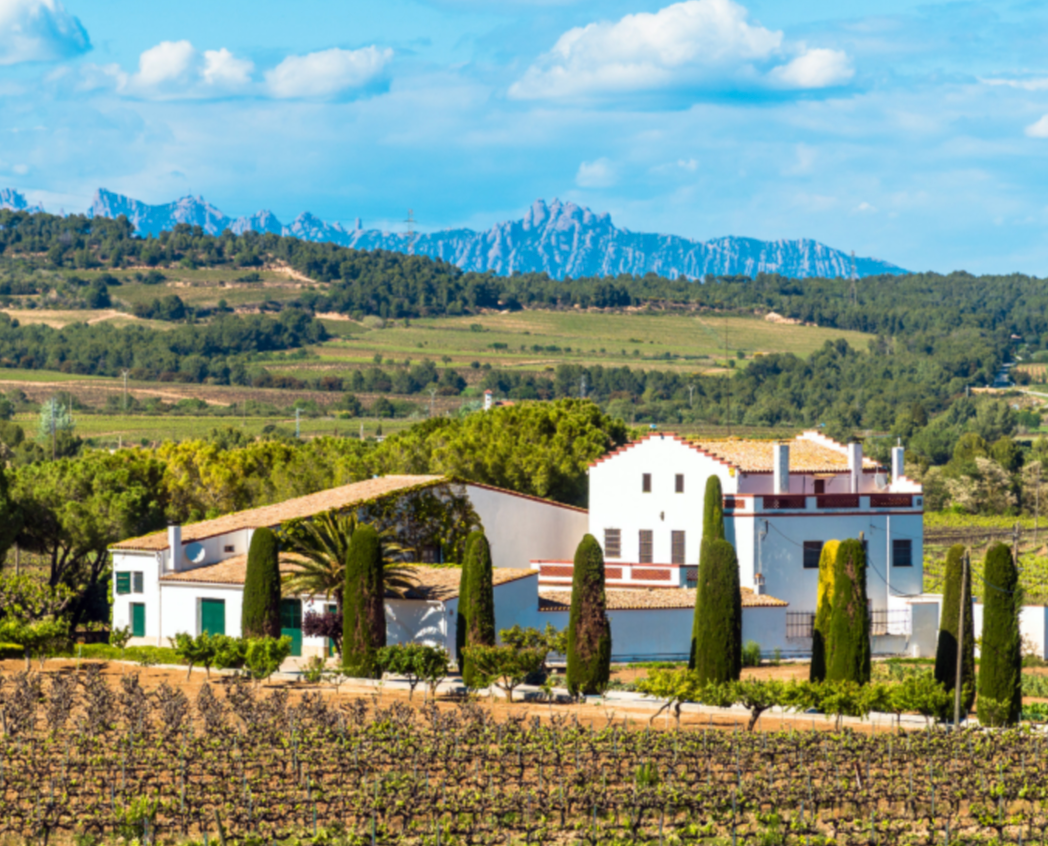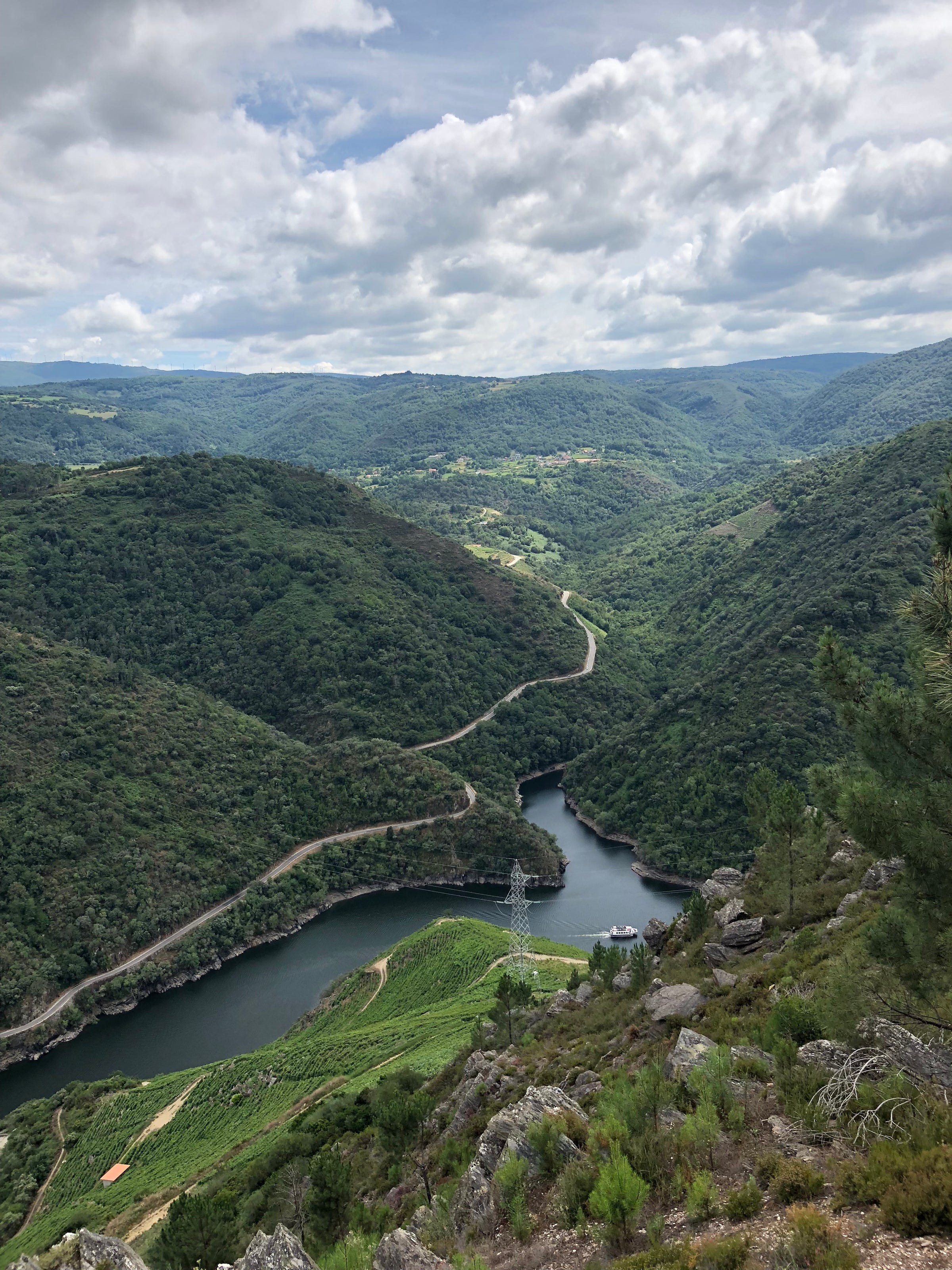They call it “viticoltura heroica” on the label (right below the name of the grape, Mencía), and, having traversed the river valleys of Ribeira Sacra myself, I can confirm: This is heroic viticulture! The slopes are so steep you’ve got to be a mountain goat to harvest the grapes (or use the little elevators everyone’s installed), and the soils are a poor, crumbly mix of granite and schist. But the wines are well worth the heroic effort, especially when one of the makers involved is Raúl Péréz, the man of the moment in Spanish wine.
Born into a winemaking family in northwestern Spain’s Bierzo DO, and later an apprentice to visionary Álvaro Palacios, Péréz is now an international wine celebrity in his own right, not to mention a restless experimenter; he has collaborated on a wide range of projects, not just in northwest Spain (with the Graillots of Crozes-Hermitage) but in Portugal (with Dirk Niepoort) and South Africa (with Eben Sadie). Castro Candaz is one of his close-to-home partnerships, this one with Rodrigo Méndez (with whom he also makes wine in Galicia’s Rías Baixas). The fact that all these diverse wines—many of which we’ve offered—are so good is a testament to Péréz’s energy and talent, but to something else, too: his devotion to regional authenticity. Today’s wine is about Mencía grown in one of the Ribeira Sacra’s cooler precincts, and that’s exactly what it evokes—not Péréz’s (or Méndez’s) thumbprint. Being a bit of a Galician wine fanatic these days, I was completely mesmerized by this silky, perfumed expression of Mencía—a more floral, softly contoured, ‘Burgundian’ expression of Galicia’s granitic soils, as opposed to some of the more Rhône-like versions we’ve encountered. It is—like everything Péréz touches, frankly—a must-try.
The two main river valleys that comprise the Ribeira Sacra DO are the Miño and the Sil, both of which run from the Sierra Cantabria range out to the Atlantic Ocean, but there are a handful of other, smaller tributaries that are home to vineyards. The Castro Candaz label is based on heirloom vineyards along the Río Asma, within the Chantada subzone. This is pretty well north of the Ribeira Sacra heartland around Amandi and Os Peares, where the Sil and Miño converge, and is described as one of the cooler subzones of an already-cool, “continental” wine region. Péréz and Méndez have some incredible raw material to work with in the village of Santa María de Rosende, where their two vineyards were planted in 1950 and 1972, respectively. This is a pretty common story in Galicia, as many Spanish wine lovers know well: This area, despite its rich viticultural history (much of it established by the many old monasteries dotting the riverbanks), had been largely abandoned a generation ago. Now, it’s being rediscovered by dynamic young producers like the Castro Candaz boys, with thrilling (and incredibly well-priced) results.
Today’s 2017, called “Finca el Curvado,” checks the right boxes for those who appreciate naturally made, unadulterated wines: It is fermented using whole grape clusters, and only ambient yeasts, in large wooden vats and aged in used 500- and 1,500-liter barrels. It is presented as a Mencía on the label, but, as with all “varietal” wines, there may be a small percentage of other varieties in the mix, as the vineyard sources are in fact co-planted—in addition to the Mencía, which is the dominant component, the vineyards also include local grapes such as Merenzao (a.k.a. Trousseau), Brancellao, and Godello. It’s not hard to imagine a little Trousseau in this 2017: It is one of the more ethereal, softly contoured Mencías I’ve ever tried.
On his website, Péréz references Burgundy as a model for the Castro Candaz wines, and he and Méndez have delivered on that front: In the glass, Finca el Curvado is a medium ruby moving to magenta at the rim, with perfumed aromas of black cherry, raspberry, pomegranate, violet, wet stones, wild herbs, and a hint of black pepper. It is medium-bodied, with soft, refined tannins, but there’s loads of tangy freshness at the same time—it’s silky, but also sinewy (rather than flabby). The wine is perfectly delicious now and will continue to impress over the next 3-5 years, though I expect my stash will be drained relatively quickly: Decant this 15 minutes before serving at 60 degrees in Burgundy stems and pair it with the kinds of dishes you might pair with a Cru Beaujolais or Bourgogne Rouge:
coq au vin comes to mind, as does the more Spanish-inspired
pernil recipe attached. This really is a Spanish wine that should not be missed. Enjoy!





